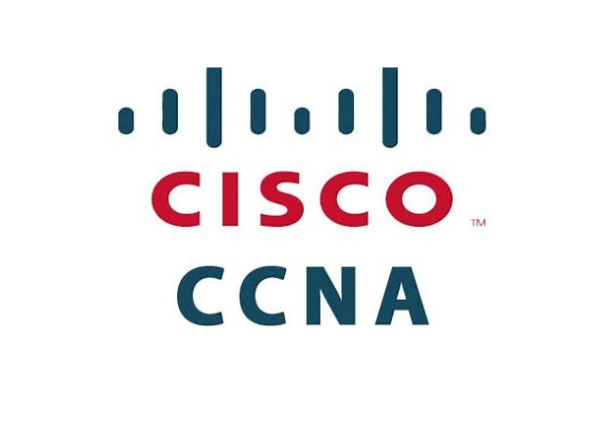Lorem ipsum dolor sit amet, consectetur adipiscing elit.
Suspendisse pharetra nisl eget lacus mollis pulvinar. Mauris
porttitor sem eu fermentum aliquet. In mattis fermentum malesuada.
Maecenas tempor enim nec commodo eleifend. Nulla facilisi. Aenean
ac placerat ante. Quisque laoreet neque sit amet enim iaculis, sed
sollicitudin turpis rutrum. Donec ultricies ultrices erat vel
viverra. Suspendisse tincidunt erat eu neque posuere, vel bibendum
ipsum scelerisque.
Sed eget arcu luctus, tristique velit ac, hendrerit urna. Aenean
eget purus enim. Sed consequat mi at rhoncus commodo. Donec metus
tortor, dignissim sit amet facilisis et, accumsan vitae mauris.
Pellentesque consectetur at quam sed volutpat. Mauris faucibus,
nisl lobortis consequat aliquam, quam est sodales erat, et
tincidunt ligula metus in purus. Nulla posuere arcu in felis
porttitor, vel maximus tellus feugiat. Proin imperdiet arcu vel
urna feugiat, in elementum purus facilisis.
Sed sapien sem, commodo eget nibh vel, euismod hendrerit neque.
Quisque et augue eu nisl tristique bibendum. Maecenas euismod
consequat ex sed congue. Donec convallis risus odio, nec lobortis
sem fringilla ut. Class aptent taciti sociosqu ad litora torquent
per conubia nostra, per inceptos himenaeos. Nulla at augue eu nisi
varius rhoncus. Donec quis facilisis mauris. Duis lobortis
ultricies sapien, ut faucibus velit euismod quis. Suspendisse
potenti. Suspendisse aliquam ipsum id leo fermentum, quis interdum
mauris semper.


